An Giang's poetic natural scenery
An Giang stands out with the That Son range - a series of 7 sacred and majestic mountains in the middle of a vast plain. This is not only a unique geographical feature, but also a cultural and religious symbol of the people of An Giang. Of which, Cam Mountain (Thien Cam Son) is over 700m high, the highest mountain in the Mekong Delta region, known as the "roof of the West" or "Da Lat of the plains". With a cool climate all year round, it attracts a large number of tourists thanks to its natural forest ecosystem, Van Linh Pagoda, Maitreya Buddha statue and cable car system serving tourists. Ms. Le Phan Ngoc Bao (residing in Ho Chi Minh City) shared: “I am from An Giang, living, working and having a family in Ho Chi Minh City. Every year in the summer, I often take my whole family to An Giang for sightseeing. During our stay, there will be a day when we experience a homestay at Cam Mountain. My whole family really likes the atmosphere and scenery of the early morning and late afternoon on the mountain, the feeling is hard to describe”.
Located in the border city of Chau Doc, Sam Mountain does not have the same height and natural scenery as Cam Mountain, but is associated with the legend of Ba Chua Xu of Sam Mountain, a pilgrimage site that attracts a large number of tourists. Coming to An Giang in the summer, immersing yourself in the Ba Chua Xu Festival of Sam Mountain is an experience not to be missed if you want to learn about the culture of the people in the border region. In addition, located in the Bay Nui area, there are also Tuong Mountain, Dai Mountain, Co To Mountain, Ket Mountain and Nho Mountain, forming a chain of forest and mountain spaces interspersed with rice fields, an ideal place for light trekking. Each mountain carries a folk story, a legend or historical relic associated with the lives of the indigenous people.
A special feature when coming to An Giang in the summer, with the guidance of local people, visitors can experience bathing in streams. Compared to other places in the Mekong Delta, perhaps this is a typical experience that can only be found in some mountains in An Giang. Around June every year, when there are many rains in the Bay Nui area, the water in the streams flows out more, attracting many local people and tourists to experience.
About 30km from Chau Doc city, Tra Su cajuput forest (in Tinh Bien town) is a typical flooded forest in the West. This is home to hundreds of species of animals and plants. Coming to Tra Su cajuput forest, visitors can experience motorboats and rowboats through the forest, experience the wild scenery, listen to the rustling of trees and leaves, and enjoy the beauty of nature. In Tra Su cajuput forest, there is a system of bamboo bridges through the forest, creating a unique sightseeing space. Located in Tri Ton district, Ta Pa lake was formed from an old quarry, over time water accumulated to form a natural lake that is blue, deep and poetic. The calm water reflects the mountains and hills, the space around the lake is pristine. Not far away is Ta Pa pagoda of the Khmer people located on the top of the hill. The pagoda has unique architecture and a beautiful view overlooking the whole of Tri Ton. This is an ideal destination for those who love photography, love nature and seek peace of mind.
Along with the vast rice fields, An Giang also has a dense system of rivers and canals, such as: Hau River, Tien River, Vinh Te Canal, Tra Su Canal... which are not only places for circulation and transportation of goods, but also places for livelihood, providing water and aquatic resources. For the people of An Giang, rivers are not only a means of living, but also a symbol of the connection between people and nature. Not only does it have beautiful nature, An Giang also has a unique culture, with many impressive festivals, such as: Via Ba Chua Xu Sam Mountain Festival, Bay Nui Bull Racing, Sen Dolta Festival of the Khmer, Ramadan of the Cham... The diversity of the Kinh, Khmer, Cham, and Chinese ethnic groups has created a unique cultural identity for the land in the Southwest of the Fatherland.
When mentioning An Giang, we cannot help but mention the specialties made from the palm tree. Palm trees are concentrated in the two localities of Tri Ton and Tinh Bien. The tall palm trees with round canopies grow in rows among the vast rice fields, creating a peaceful and poetic scene. Palm juice has a sweet taste and is used to make palm sugar - a specialty product of An Giang. In addition to its economic value, palm trees are also closely associated with the cultural and religious life of the Khmer ethnic minority, an inseparable part of the daily life and festivals of the Khmer community here. Ms. Nhat Le (a tourist from Hanoi) shared: “My friends and I have been to An Giang 4 times, I feel that the weather in An Giang is very pleasant, especially the experience of sleeping on Cam mountain, the cool air makes me forget that it is summer. Not only does it have beautiful scenery, An Giang has many delicious dishes and attractive fruits. I really like drinks made from palm fruit”.
Traveling to An Giang in the summer is a memorable journey to immerse yourself in the nature of the southwestern borderland of the country, explore the unique culture of the West and enjoy the peace and simplicity. With the advantage of pristine nature, diverse culture and friendly people, An Giang is increasingly affirming its attraction on the tourist map of the southwestern region.
MY LINH
Source: https://baoangiang.com.vn/ve-an-giang-du-lich-ngay-he-a423041.html


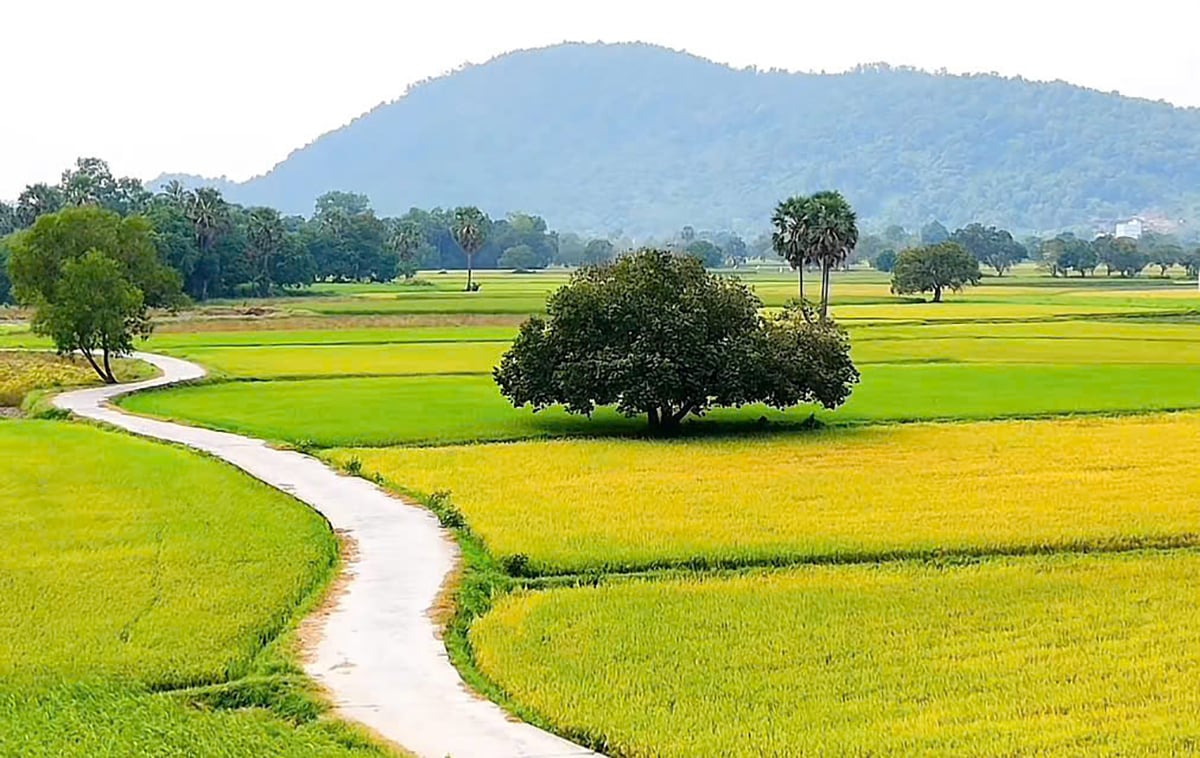
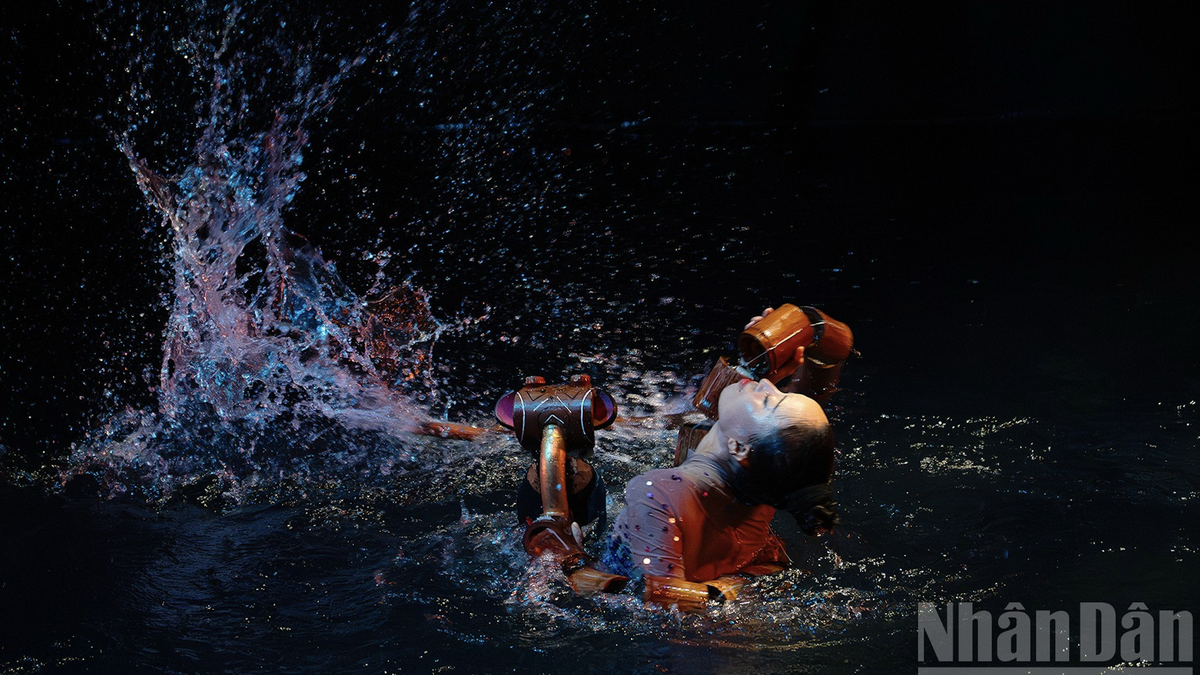

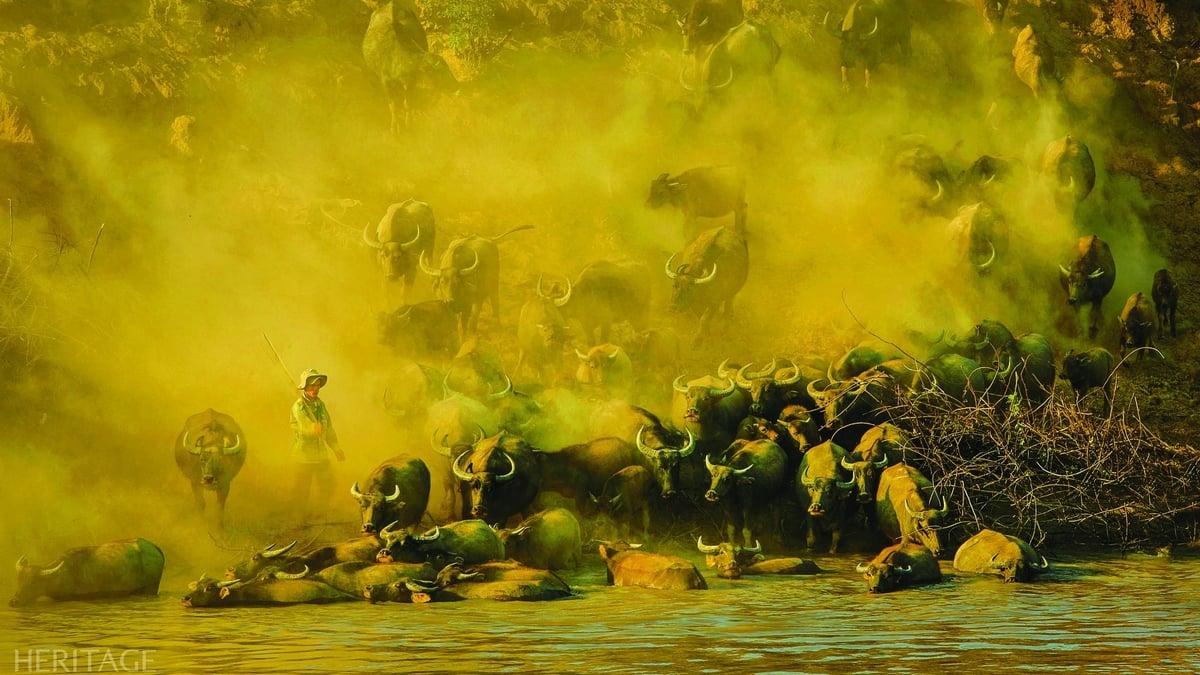
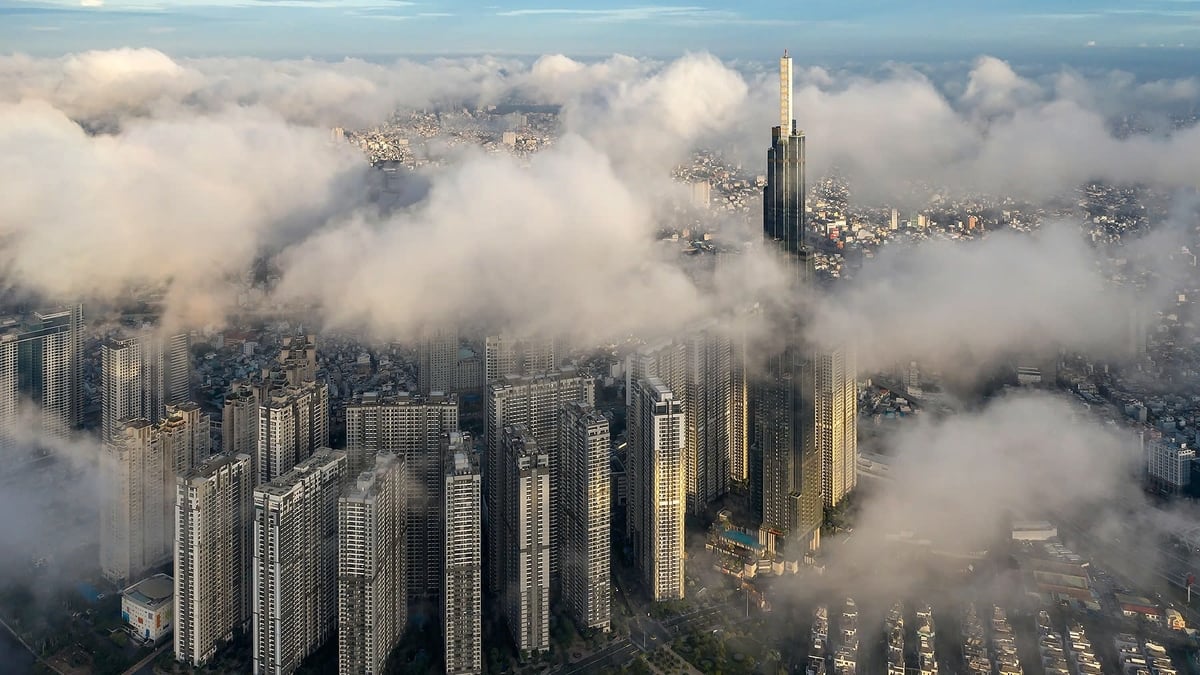
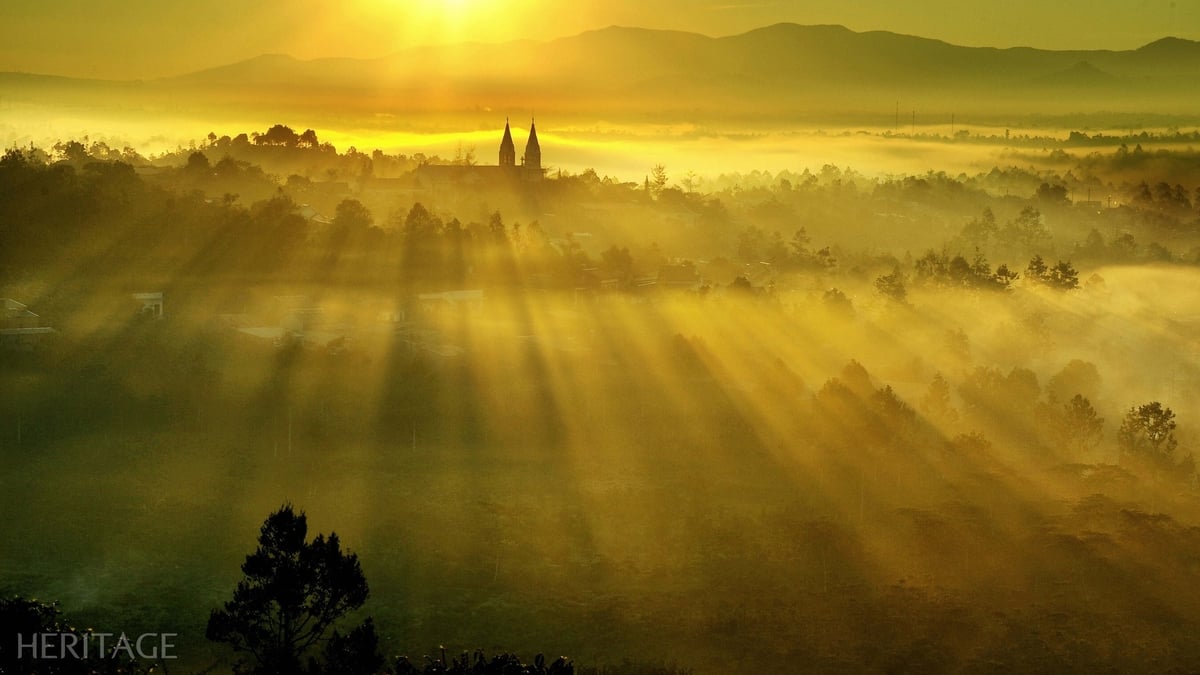
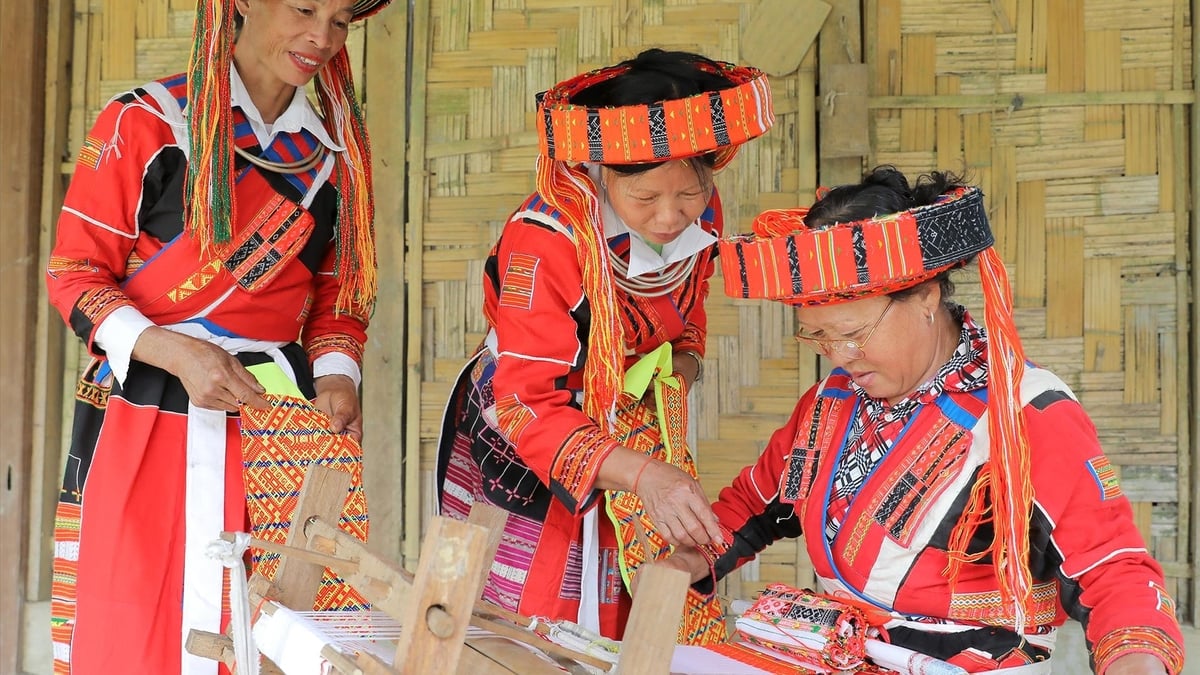
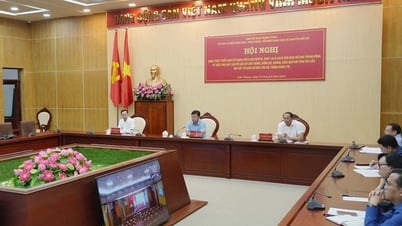

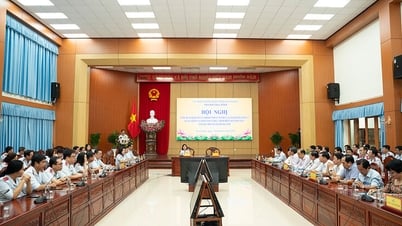
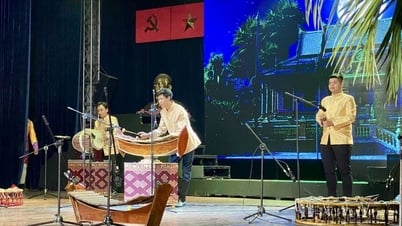

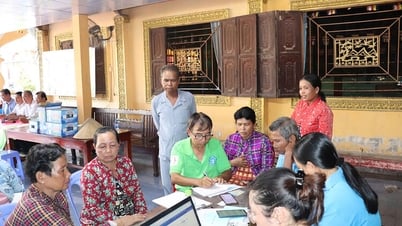
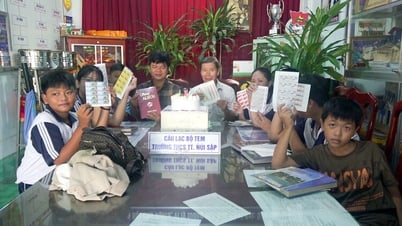


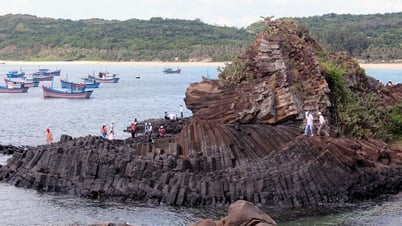

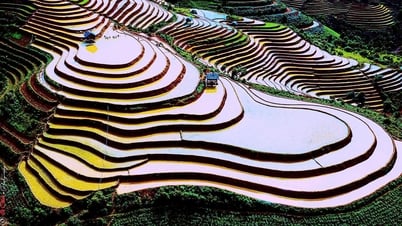

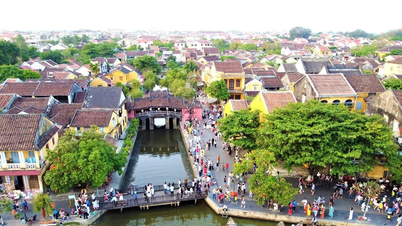



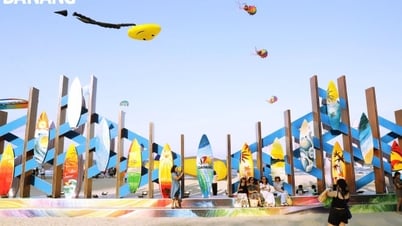







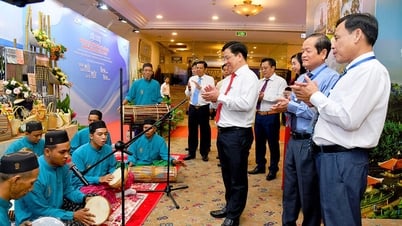
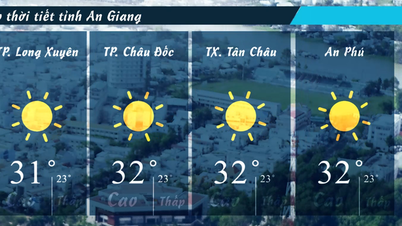


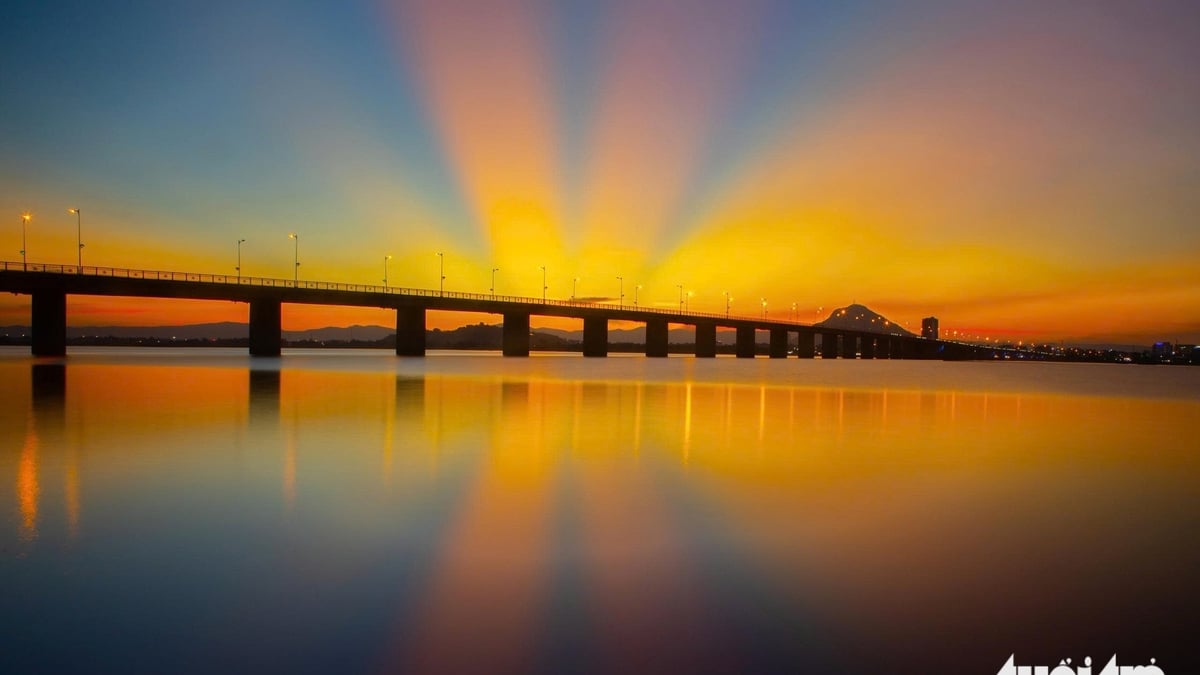
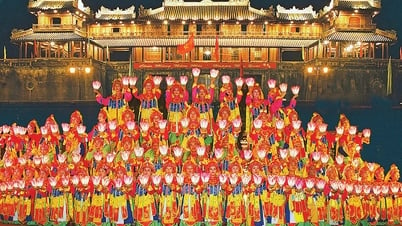



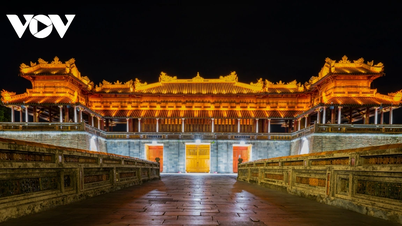








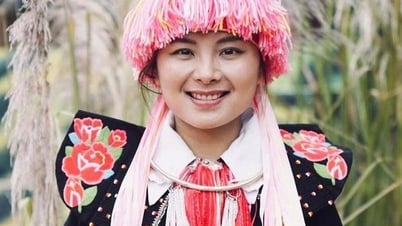














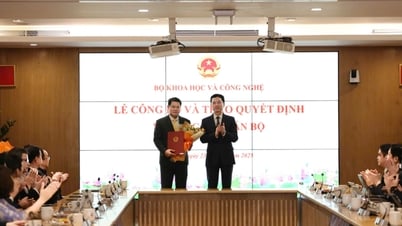
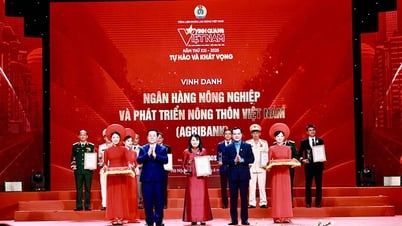

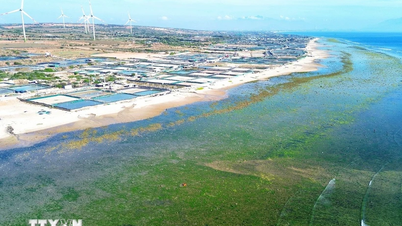

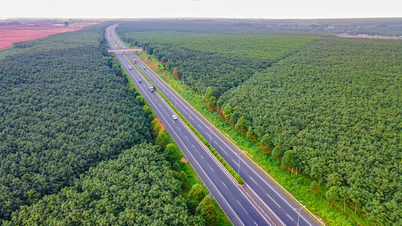








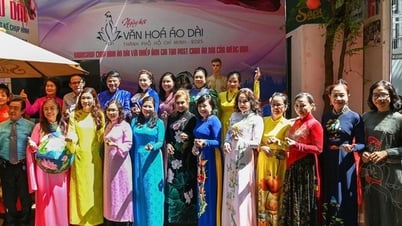





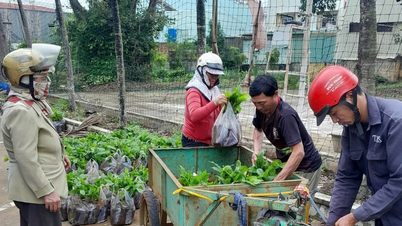
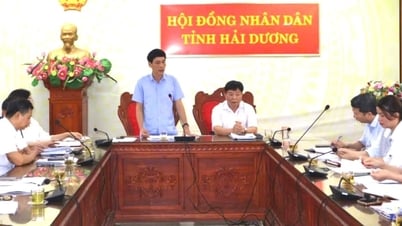



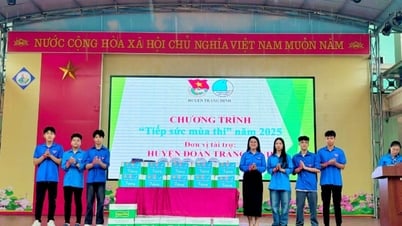

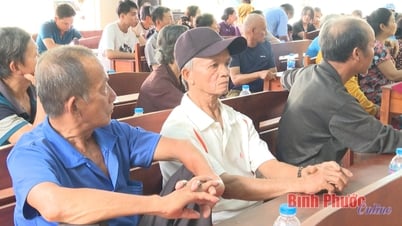













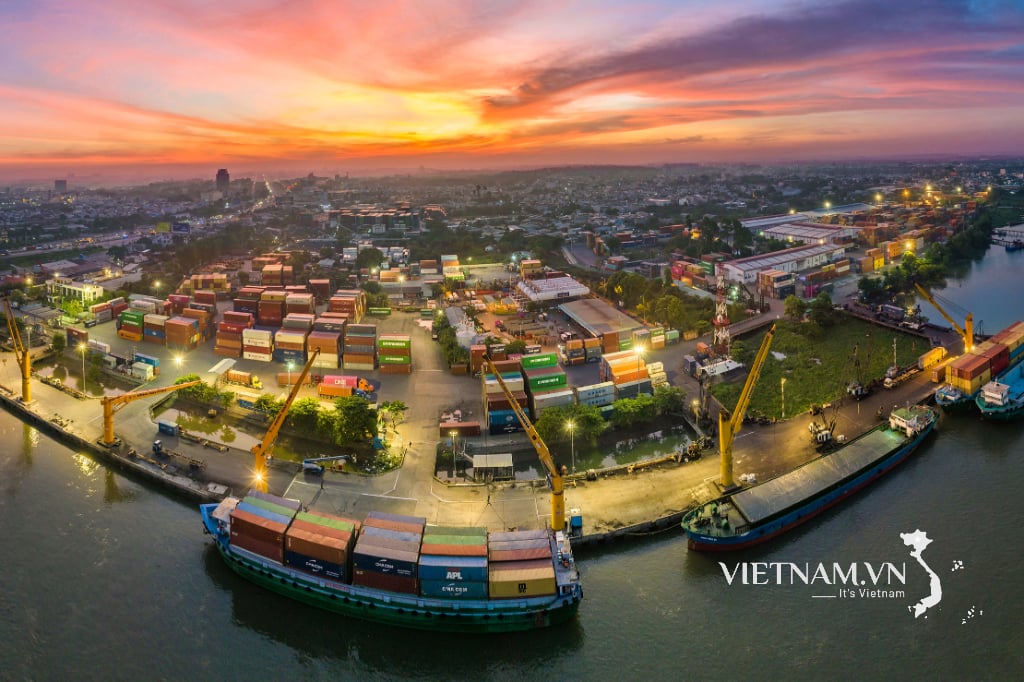

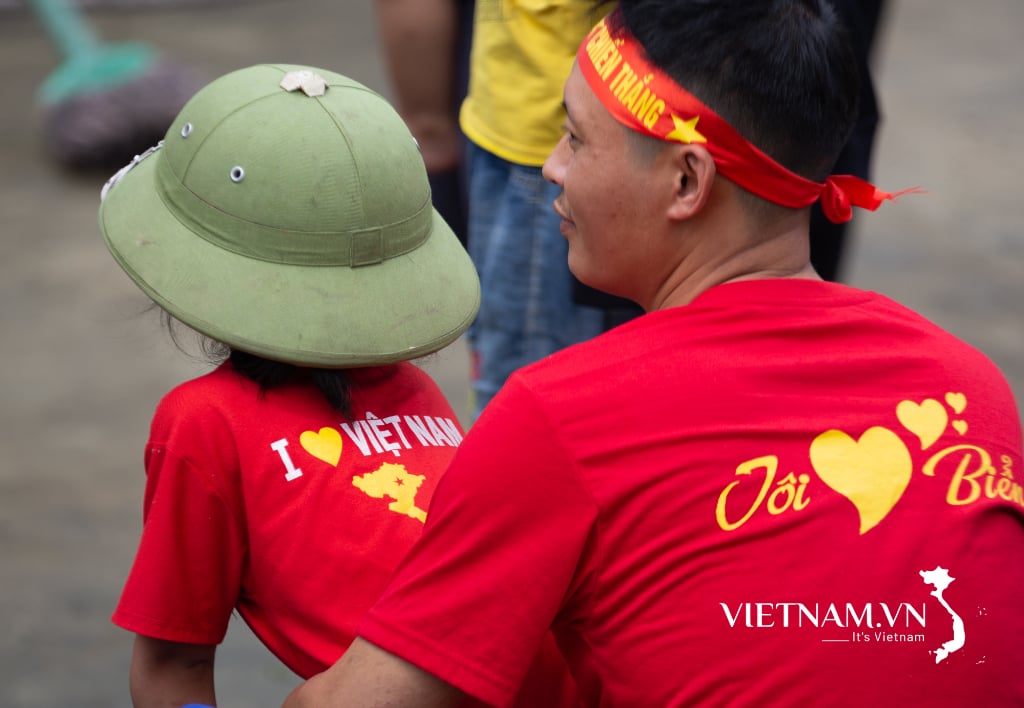
Comment (0)